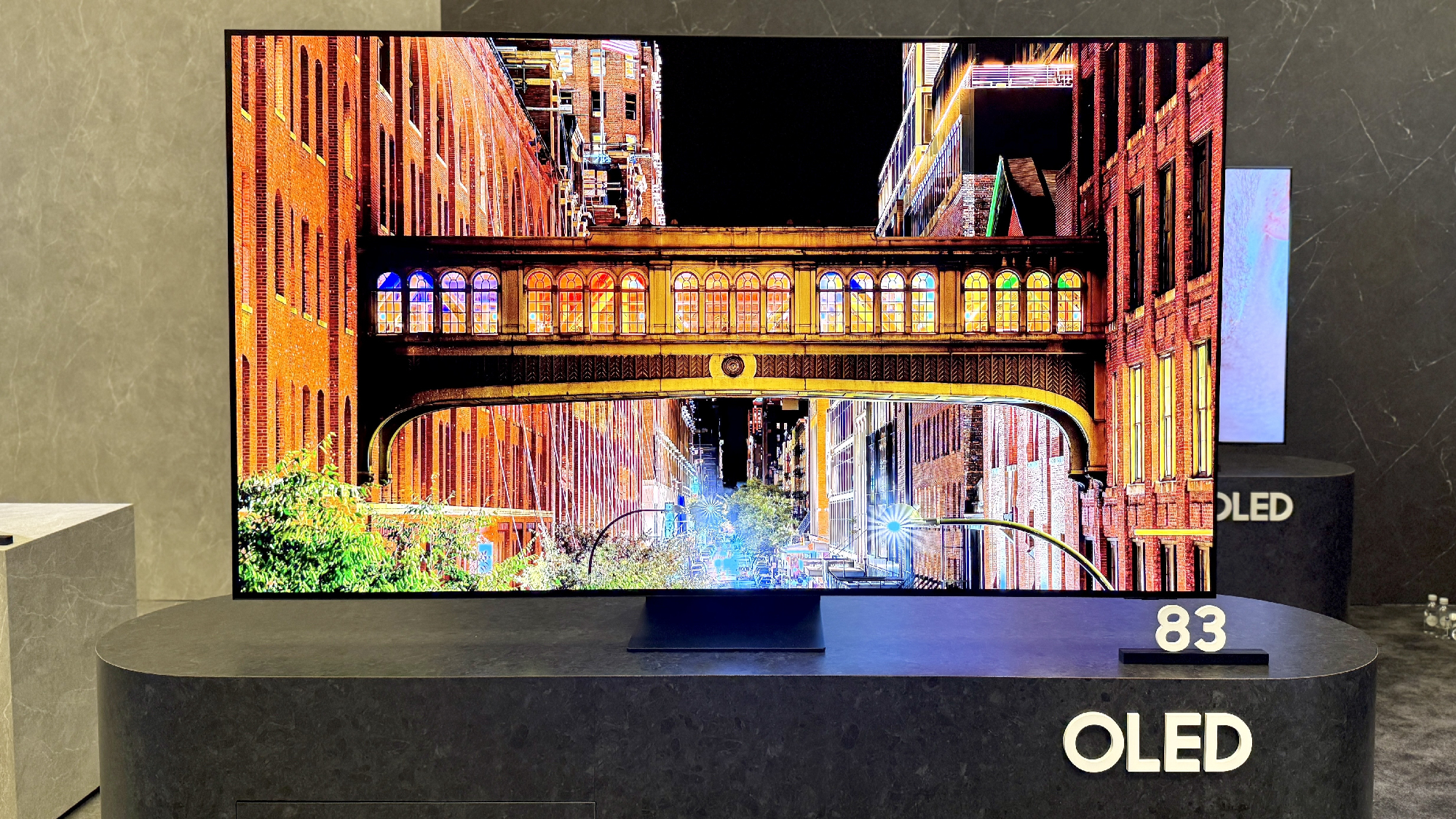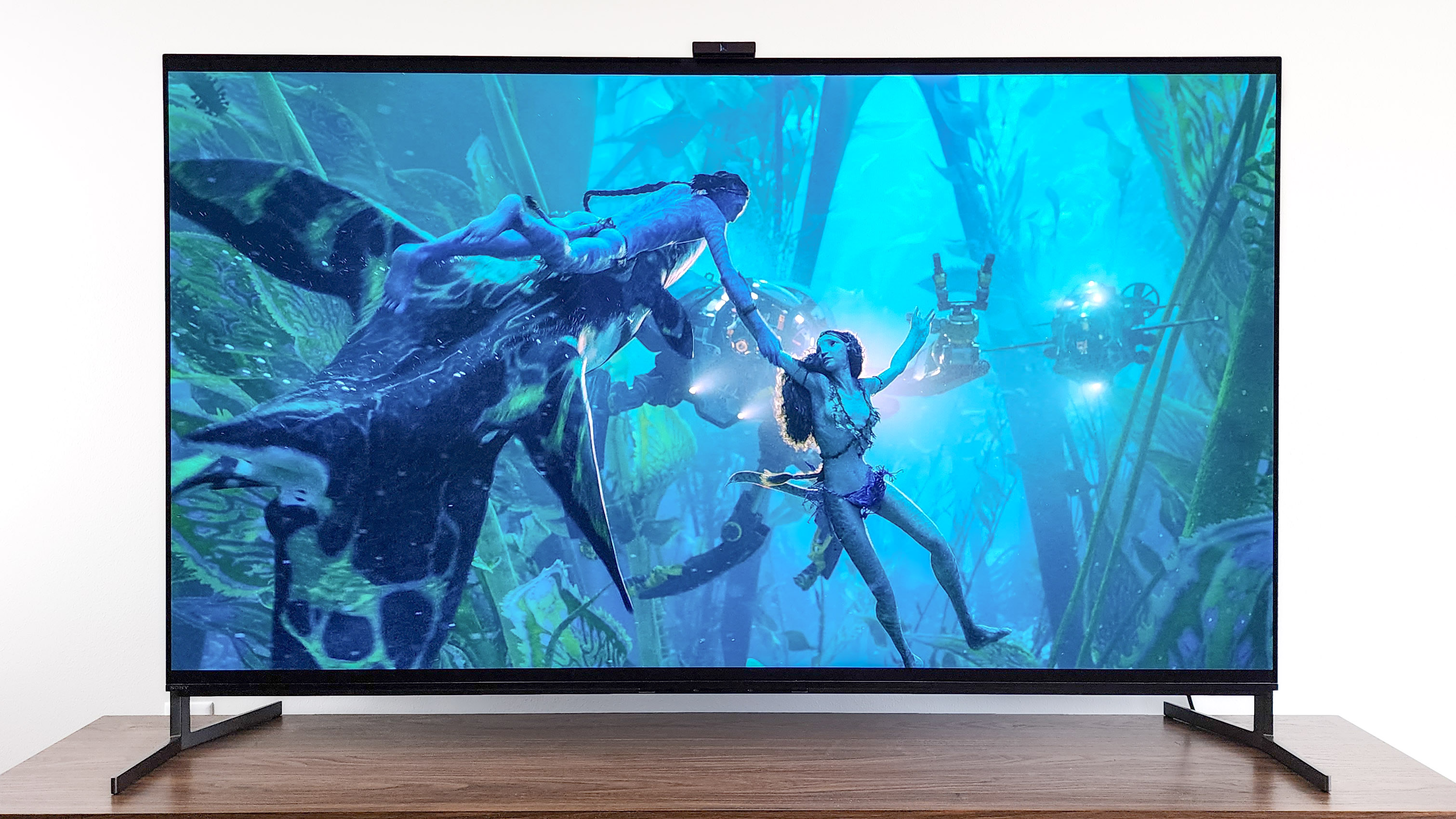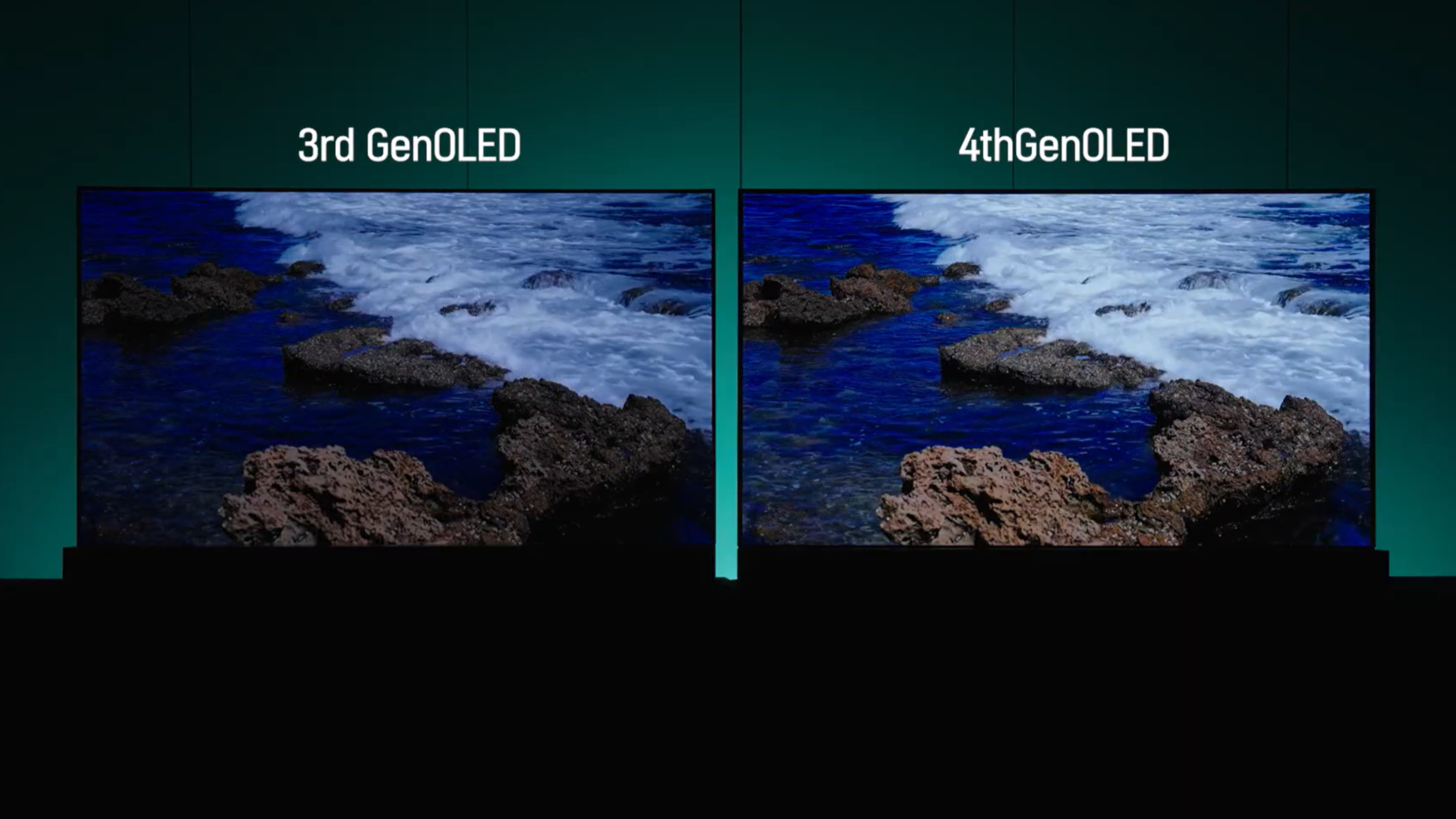Blue OLED technology could be the next big breakthrough for TVs
A new material is the key for better-looking and longer-lasting TVs

According to a report at OLED-info, researchers at the University of Manchester and the University of Cambridge have discovered a new material for producing blue OLED pixels. The development could lead to better, longer-lasting OLED TVs.
To understand why this could be a game-changer for the OLED TV business, let's go behind the display.
The problem with blue

When it comes to OLED engineering, the color blue has always proven challenging. While past breakthroughs have allowed for long-lasting, energy-efficient red and green OLED pixels, manufacturers have long since sought a more energy efficient means of producing blue OLED pixels.
Now, researchers believe they’ve developed a new host material for the color blue. In addition to being a more energy efficient way to create blue, the material might also lead to a more affordable development process for OLED TVs. And, when the best OLED TVs become better and cheaper, everyone wins.
A race to market
Last August, Universal Display Corporation (UDC), a developer and manufacturer of OLED displays, revealed in a financial report that it was on the verge of commercializing its blue phosphorescent OLED technology, but that the rollout was pushed back to the second half of 2025. The ongoing development of so-called blue PHOLEDs also seeks to solve OLED’s blue problem, and it remains to be seen which of these two methods will win out.

The announcement comes at a time of rapid development for OLED displays. The advent of LG Display’s Primary RGB Tandem OLED technology (commonly known as four-stack OLED) is shaking up the status quo in 2025, putting quantum dot-equipped OLED TVs — like the upcoming Samsung S95F — on notice.
In fact, I recently theorized that we may already be witnessing the end of QD-OLED TVs altogether, if the benefits of four-stack OLED are as numerous as they seem (and if brands find it more cost effective to engineer bigger, better OLED TVs using these panels).
For now, the die is cast on 2025 OLED TVs. Flagship OLED TVs like the LG G5, the Panasonic Z85B and the Samsung S95F will not make use of new, energy-efficient materials for blue pixels. However, 2026 is a different story. OLED TVs are changing — and fast.
Get instant access to breaking news, the hottest reviews, great deals and helpful tips.
More from Tom's Guide
- Millions of LG TVs are getting a free upgrade to webOS 25 — here's when yours is coming
- TV brands are going all-in on AI for 2025 — and I'm already over it
- 2025 could be the year of cheap OLED TVs — here's why

Michael Desjardin is a Senior Editor for TVs at Tom's Guide. He's been testing and tinkering with TVs professionally for over a decade, previously for Reviewed and USA Today. Michael graduated from Emerson College where he studied media production and screenwriting. He loves cooking, zoning out to ambient music, and getting way too invested in the Red Sox. He considers himself living proof that TV doesn't necessarily rot your brain.
You must confirm your public display name before commenting
Please logout and then login again, you will then be prompted to enter your display name.
